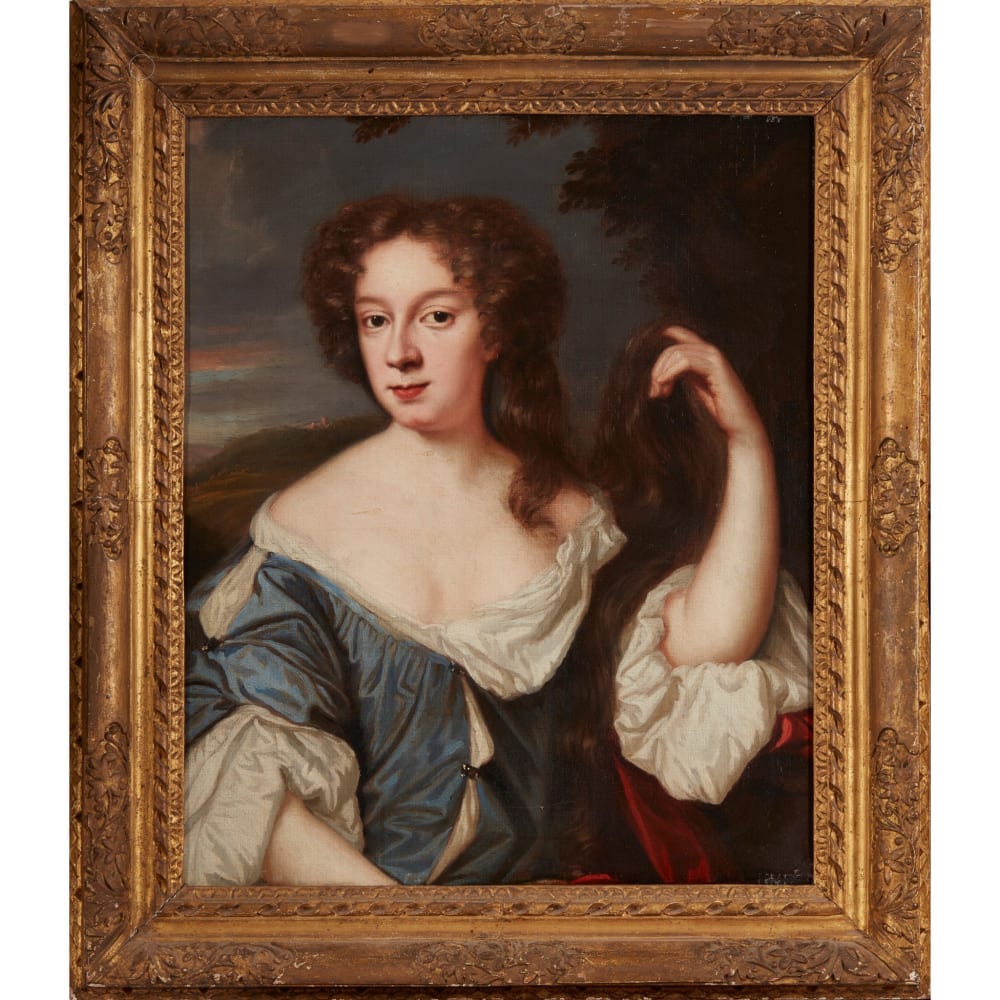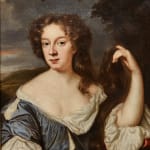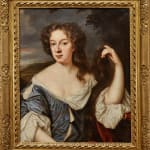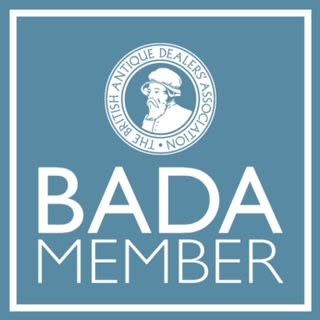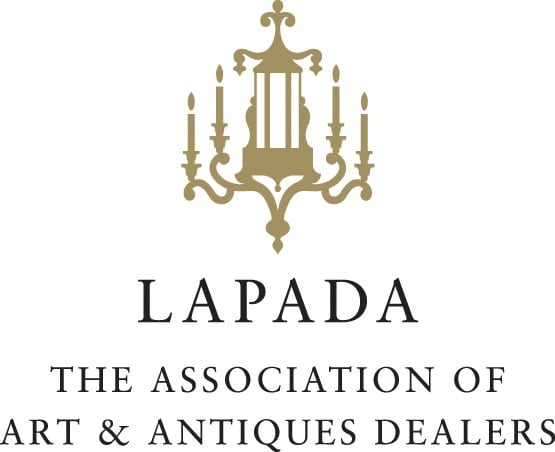MARY BEALE (1633-1699)
Provenance
With Victor Brockbank Gallery, 32, Bury Street, St James, London
Private collection, North Yorkshire
Literature
Julia Marcia Alexander, Painted Ladies: Women at the Court of Charles II, 2001
Walsh and Jeffree The Excellent Mrs Mary Beale 1975/6
Tabitha Barber Mary Beale - Portrait of a seventeenth century painter, her family and her studio 1999.
This composition is based on a portrait of Louise de Kérouaille, Duchess of Portsmouth and the mistress of King Charles II by Sir Peter Lely, currently in the J. Paul Getty Museum, Los Angeles.
Mary Beale was one of the few artists that Lely would allow watch him paint in his studio and he also gave her the special privilege of being allowed to copy some of his paintings in a smaller scale. This pose was frequently used by Lely in his portraits and according to Judith Marciari Alexander, it draws heavily on Renaissance depictions of beautiful women, particularly those of Titian and his followers. In the seventeenth century their paintings of 'Italian belle' were believed to be portraits of Venetian courtesans thinly disguised as images of Venus. Holding hair in one hand was a gesture derived directly from Renaissance depictions of that goddess engaged in her private 'toilette', and portraits featuring the pose were broadly seen as images of modern-day Venuses.
Mary Beale (born Craddock in March 1633) was a prolific English portrait painter, becoming one of the most important portrait painters of the middle classes in 17th century England, being described as one of the first professional female English portrait painters. She was born in Barrow, Suffolk where her father was a rector and she married Charles Beale in 1651. She possibly studied under Robert Walker but later was chiefly influenced by Peter Lely who was a friend and whose work he sometimes allowed her to make copies of. Her most active period was in the 1670's and 80's. After Charles's employment in the government patents office came to an end and Mary`s painting became the principle source of income for the family, Charles worked alongside Mary in managed her studio, mixing her paints and keeping detailed notes of her studio activities and commissions. The notebooks for 1677 and 1681 survive and are found at the Bodleian Library, Oxford and The National Portrait Gallery, London, and Vertue published partial transcripts of others.
Mary Beale was ahead of her time as a woman in 17th century England as not only was she successful as an artist in a working environment dominated by men, but during a stay in the country whilst escaping London from the plague of 1666, she wrote about her views on equality between men and women in marriage in her 'Discourse on Friendship', putting into practice these beliefs in her own life.
Her work often displays her talent in depicting her subjects with a particular sensitivity and empathy such as in the intimate portraits of her two young sons, Bartholomew and Charles, found in Tate Britain, London and in her own self portrait in the National Portrait Gallery, London. She died in Pall Mall and was buried in St James's London in October 1699.

